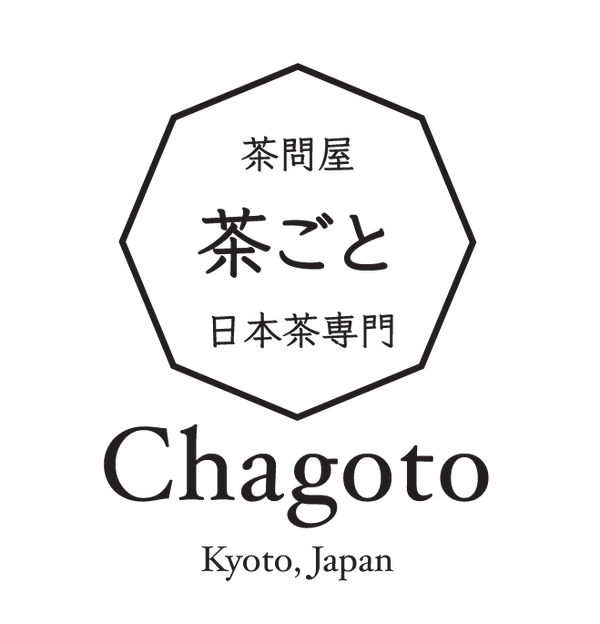Cultivar

Matcha cultivars are specific varieties of tea plants that are cultivated and grown to produce matcha green tea. These cultivars are chosen for their unique characteristics, such as flavor, aroma, color, and growth patterns, which influence the quality and characteristics of the resulting matcha tea.
Different matcha cultivars can exhibit variations in taste, aroma, color, texture, and even nutritional content. Some cultivars are selected for their vibrant green color, while others may be chosen for their robust umami flavor. Here are a few notable matcha cultivars:
Yabukita: This is one of the most widely cultivated tea cultivars in Japan and is often used for producing sencha and other types of green tea. Yabukita matcha tends to have a slightly astringent and vegetal flavor profile.
Okumidori: Known for its bright green color and balanced flavor profile, Okumidori matcha has a pleasant combination of sweetness and umami.
Saemidori: Saemidori is prized for its vibrant emerald green color and rich umami taste. It's often used in high-quality matcha products.
Gokou: Gokou is a rare and highly prized matcha cultivar with a distinct, strong umami flavor and a deep green color.
Asahi: Asahi matcha is known for its smooth, mellow flavor and is often used for ceremonial purposes.
Samidori: Samidori matcha has a balanced flavor profile with both sweet and umami notes. It's often used in higher-grade matcha blends.
Shading Techniques: While not a cultivar itself, shading techniques are crucial in matcha production. By shading the tea plants from sunlight for a few weeks before harvest, the production of certain compounds, such as chlorophyll and amino acids like L-theanine, is enhanced, contributing to the unique flavor and color of matcha.
Different tea producers may have their own proprietary cultivars, and some may even crossbreed different cultivars to create unique flavors and characteristics.
When selecting matcha, it's important to consider the cultivar, as it can influence your preference for flavor and overall experience. Higher-grade ceremonial matcha often uses specific cultivars that yield a more refined taste and appearance. Additionally, the growing region, climate, and processing methods can also impact the final flavor and quality of matcha.
